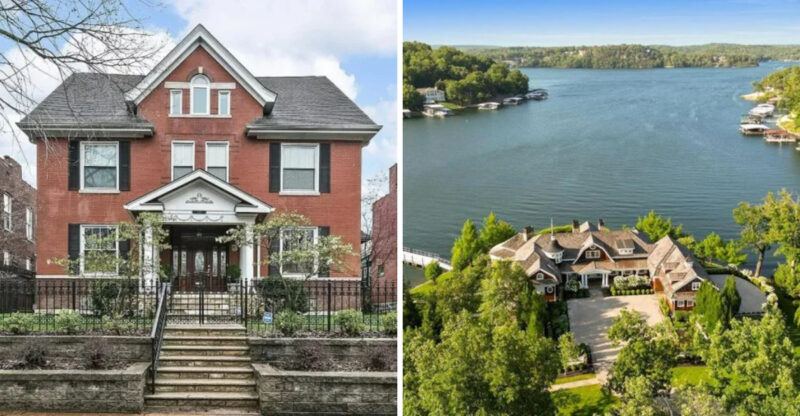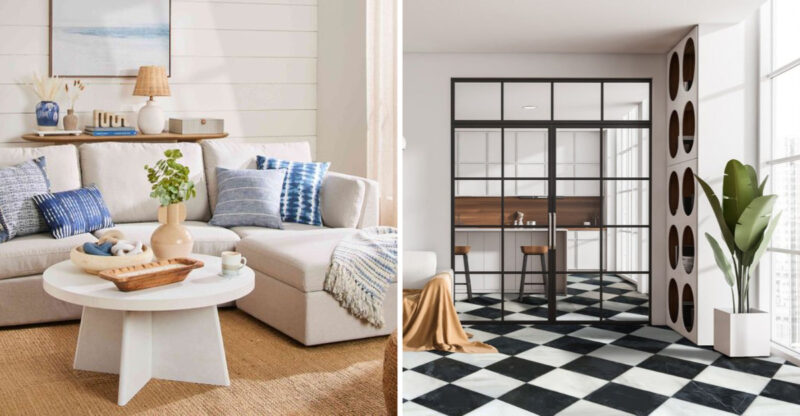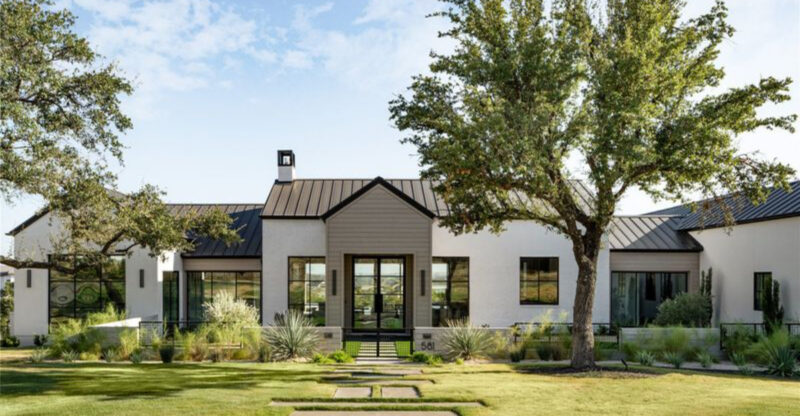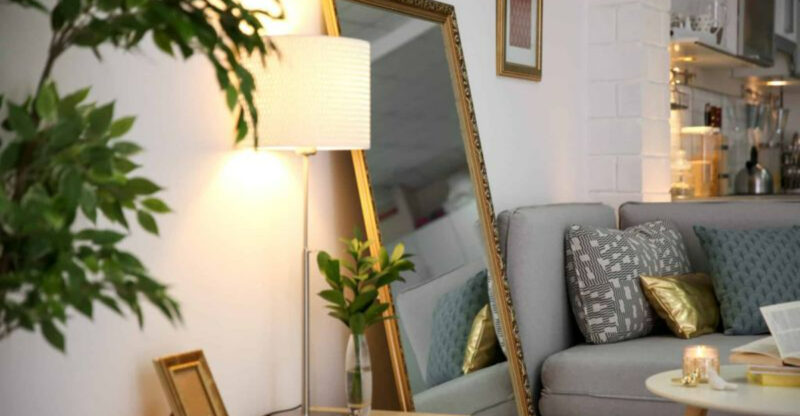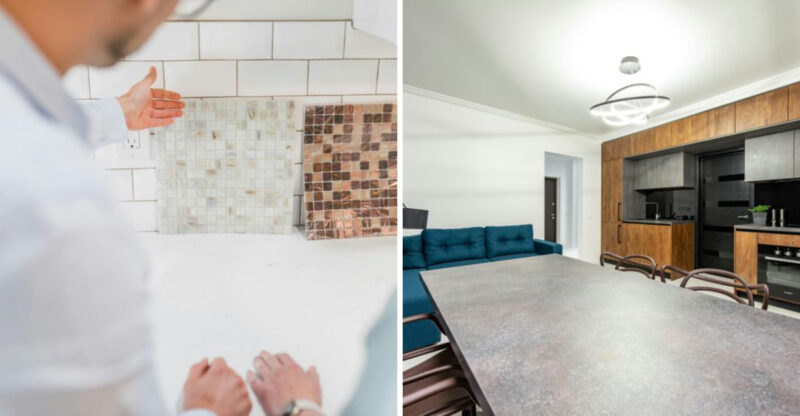14 New Jersey Home Styles Forecasted To Fall By 2026 – While 8 Gain Ground

New Jersey’s housing market is shifting in big ways, and if you’re thinking about buying or selling a home, you need to know what’s coming. Some classic styles are losing their appeal while fresh, modern designs are winning hearts.
I’m here to walk you through which home styles are on the way out and which ones are rising to the top by 2026.
1. Colonial Homes

Once the pride of suburban neighborhoods, this symmetrical style is losing steam fast. Buyers today want open floor plans and modern amenities, not the chopped-up rooms colonials are famous for.
Renovation costs are sky-high because these homes need serious updates to meet current tastes. I’ve noticed younger families are passing them by for more flexible layouts that fit how we actually live now.
2. Split-Level Homes
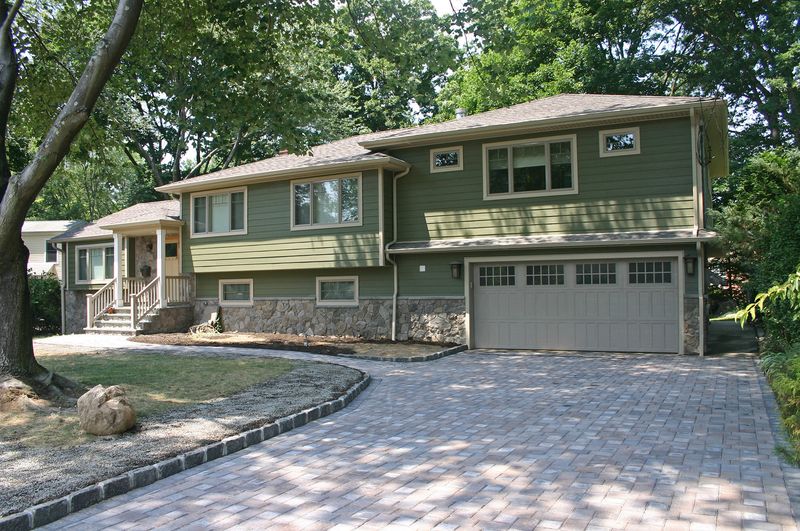
Remember those homes with stairs everywhere you turn? They’re falling out of favor quickly because accessibility matters more than ever.
Aging homeowners and families with young kids find the constant stair-climbing exhausting. The segmented spaces feel cramped compared to today’s flowing, open designs that everyone seems to crave.
Resale values are dropping as buyers seek single-level living instead.
3. Ranch Homes with Small Footprints
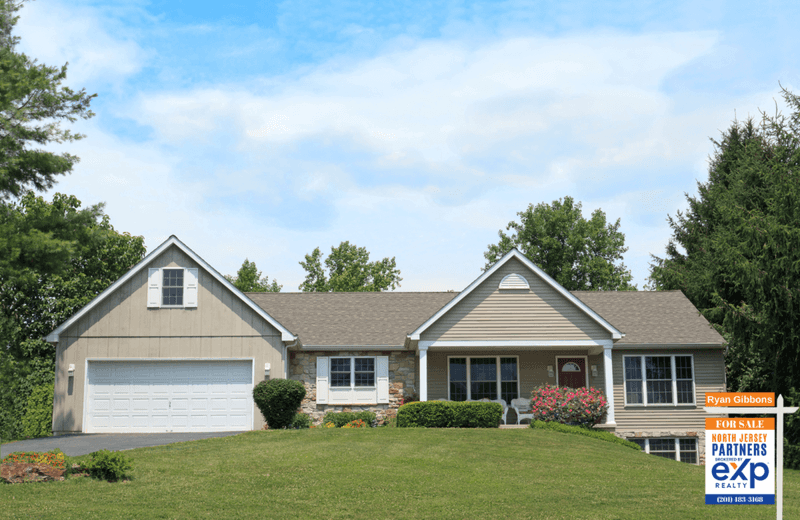
Tiny ranch homes can’t compete with modern space expectations anymore. Families need home offices, extra bedrooms, and storage that these compact designs simply don’t provide.
The single-story layout is great, but when square footage is limited, buyers look elsewhere. I’ve seen many sit on the market for months because expansion options are limited and costly.
4. Victorian Homes
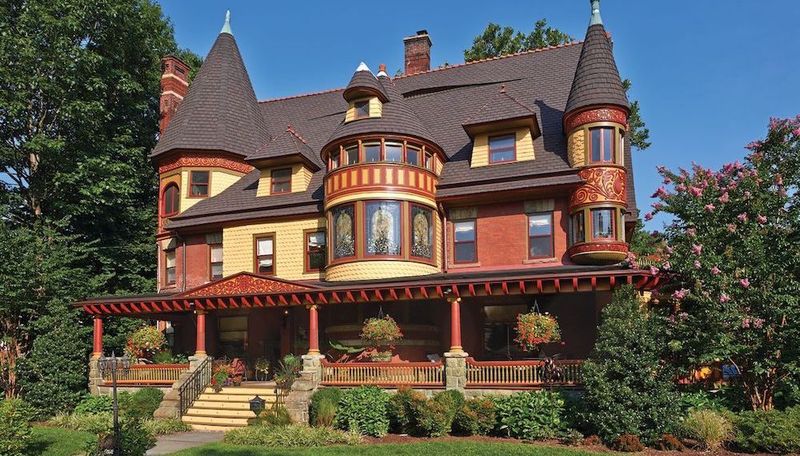
All that gingerbread trim looks charming in photos but maintaining it is a nightmare. Heating bills are astronomical because these old beauties weren’t built with energy efficiency in mind.
The formal parlors and closed-off rooms don’t match how modern families use their homes. Younger buyers especially are intimidated by the constant upkeep and renovation expenses these houses demand.
5. McMansions

Bigger isn’t always better, and buyers are finally realizing it. These oversized homes with mismatched architectural elements are seen as wasteful and impractical now.
Utility costs are through the roof, and many rooms sit empty because families don’t actually need that much space. The trend is shifting toward thoughtfully designed homes rather than just square footage for the sake of it.
6. Raised Ranch Homes

Half the house is underground, and natural light suffers because of it. The dark basement level that doubles as living space feels dreary and outdated to today’s buyers.
Curb appeal is weak since the design looks boxy and uninspired from the street. I’ve watched these homes linger on listings because people want bright, welcoming spaces that feel connected to the outdoors.
7. Cape Cod Homes

Those cozy dormer bedrooms with slanted ceilings seemed charming once, but now they feel cramped and awkward. The limited second-floor space doesn’t work for growing families who need functional bedrooms.
Storage is always a problem, and the steep stairs are a safety concern. Buyers are choosing homes with more practical layouts that don’t sacrifice headroom or usable square footage.
8. Tudor Homes

The storybook look is visually striking, but maintaining that decorative half-timbering is expensive and time-consuming. Dark interiors are another strike against these homes since modern buyers crave natural light.
Renovating to create open spaces often means losing the architectural character that defines the style. I find most buyers would rather start with something more neutral and adaptable to their personal taste.
9. Mediterranean Villas
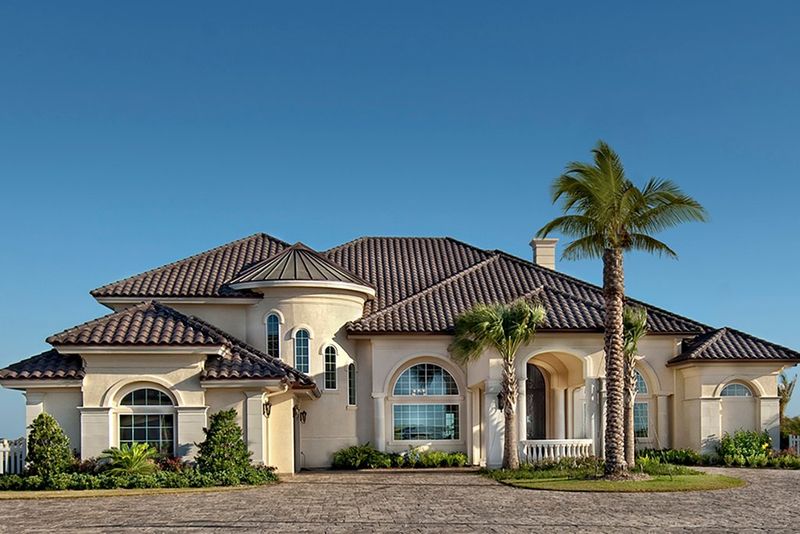
Transplanting this warm-climate style to New Jersey never quite worked. The red tile roofs and stucco walls feel out of place in our northeastern landscape and weather patterns.
Maintenance is tricky because materials aren’t designed for harsh winters and humidity. Buyers prefer homes that feel authentic to the region rather than trying to recreate a different climate’s aesthetic here.
10. A-Frame Homes
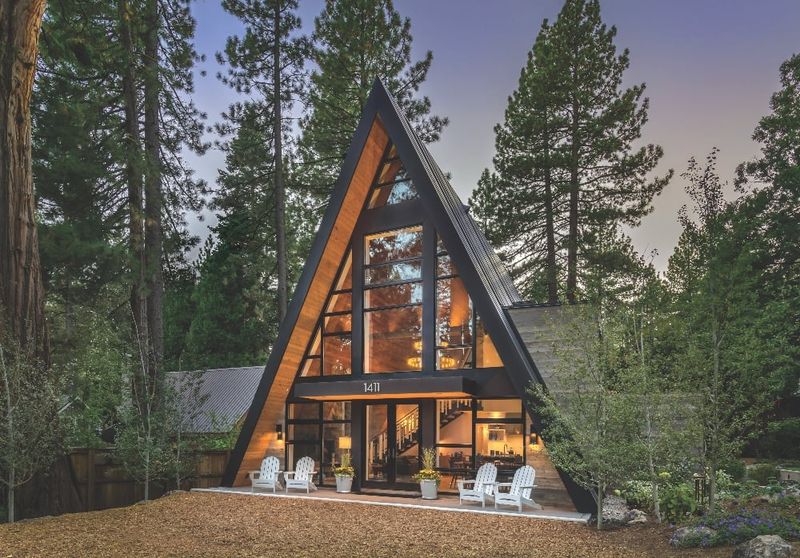
The dramatic roofline creates tons of wasted space where walls meet ceiling. You can’t use most of the upper floor effectively, which frustrates practical-minded buyers looking for value.
These homes scream vacation cabin rather than year-round family residence. I’ve noticed they appeal to a very narrow market, making them tough to resell when life circumstances change and you need to move.
11. Bi-Level Homes

Walking into a home and immediately facing a choice of stairs up or down feels awkward and unwelcoming. The divided living spaces make entertaining difficult since guests are spread across different levels.
The design feels dated to a specific era that buyers are moving past. Families want cohesive, flowing spaces where everyone can gather together, not separated by constant elevation changes throughout the day.
12. Georgian Homes
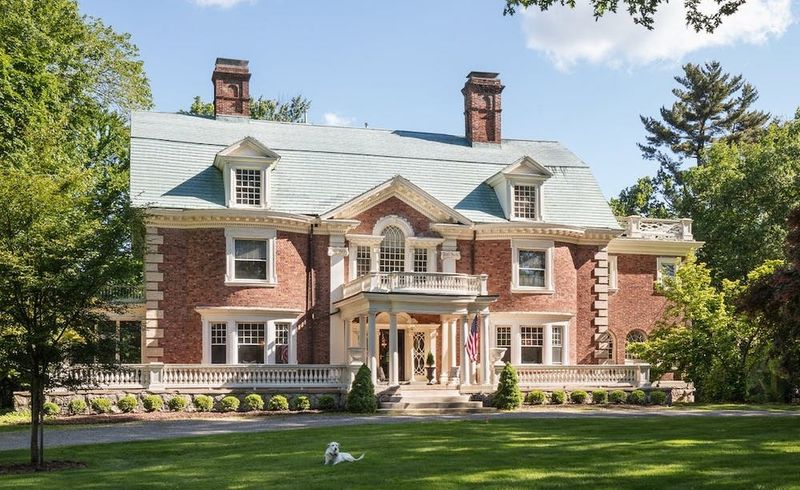
Formal and stately, these homes feel stuffy to modern sensibilities. The rigid room layouts and traditional proportions don’t allow for the casual, flexible living spaces families need today.
Heating and cooling costs are substantial because of high ceilings and large rooms. I see buyers hesitating because the grandeur comes with maintenance responsibilities and utility bills that feel excessive for everyday living.
13. Contemporary Angular Homes
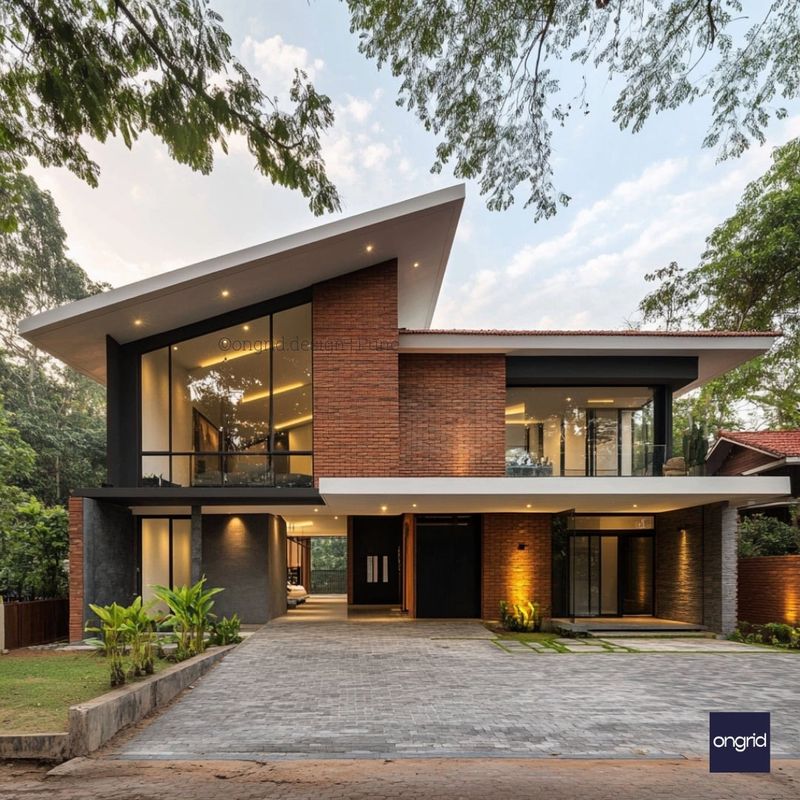
Those dramatic angles and unconventional shapes looked cutting-edge a decade ago, but now they feel like they’re trying too hard. Furniture placement becomes a puzzle, and rooms can feel awkward and impractical.
Maintenance on unusual roof lines and custom features gets expensive quickly. Buyers are gravitating toward cleaner, simpler modern designs that still feel current but won’t look dated in five years.
14. Log Cabin Style Homes
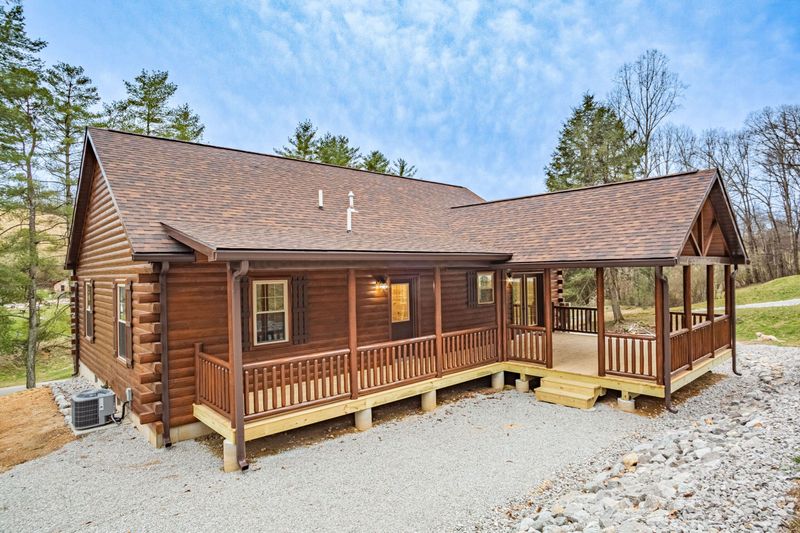
Rustic charm is nice for a weekend getaway, but daily maintenance of log exteriors is relentless. The logs require regular treatment to prevent rot, insect damage, and weather deterioration.
Energy efficiency is poor compared to modern construction methods. Most buyers in New Jersey want homes that blend into suburban or urban settings, not ones that feel transplanted from a remote mountain forest.
15. Modern Farmhouse Homes

Shiplap and barn doors everywhere got old fast. What started as a fresh take on country living became a cookie-cutter trend that saturated the market.
I’m watching buyers seek more unique, personalized designs rather than the same farmhouse aesthetic repeated in every development. The style peaked, and now people want homes that stand out with individual character instead of following a played-out formula.
16. Mid-Century Modern Homes

Clean lines and retro appeal are winning hearts all over again. Buyers love the timeless design that emphasizes simplicity, natural materials, and connection to outdoor spaces through expansive windows.
The open floor plans feel current even though the style originated decades ago. I’ve noticed these homes sell quickly because they offer character without the stuffiness of older traditional styles, plus they renovate beautifully.
17. Net-Zero Energy Homes
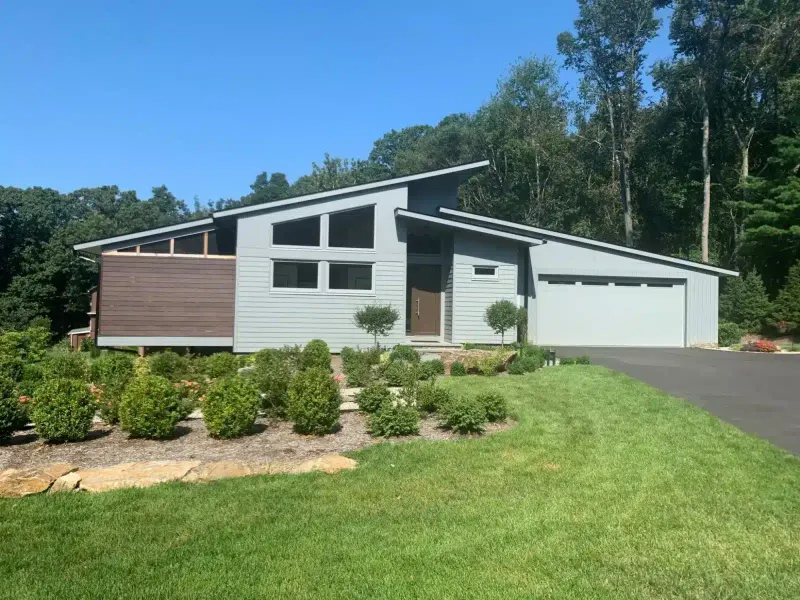
Sustainability isn’t just trendy anymore—it’s essential. These homes produce as much energy as they consume, slashing utility bills to nearly nothing while helping the environment.
Advanced insulation and smart technology make living comfortable year-round. Buyers, especially younger generations, are prioritizing eco-friendly features that save money long-term and reduce their carbon footprint significantly in their daily lives.
18. Scandinavian-Inspired Homes

Minimalism meets warmth in this rising style. The focus on natural light, neutral colors, and uncluttered spaces creates calm, functional living environments that feel both cozy and spacious.
Simple materials and clean lines mean lower maintenance and timeless appeal. I see buyers drawn to the hygge lifestyle these homes promote—comfort, contentment, and quality over quantity in every design choice made.
19. Smart Homes with Integrated Technology
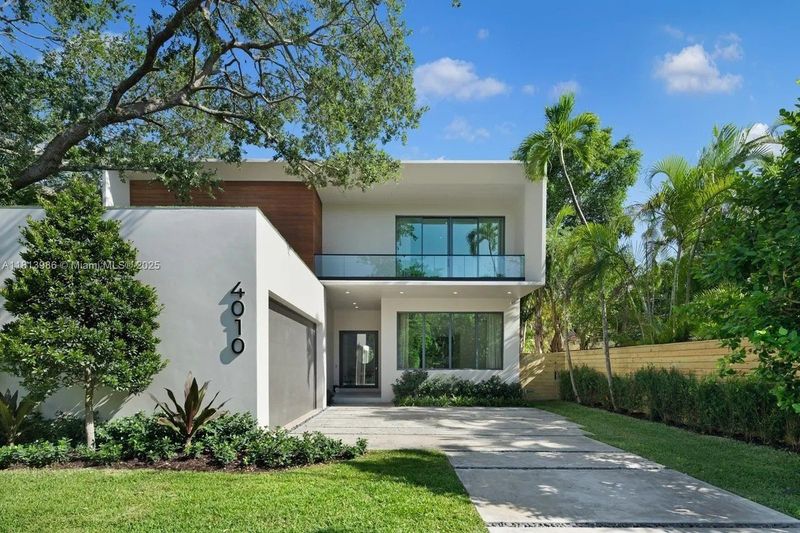
Technology integration is becoming non-negotiable for many buyers. Homes with built-in automation for lighting, climate, security, and entertainment offer convenience that feels like living in the future.
Voice-controlled systems and energy monitoring appeal to tech-savvy families. I’ve watched bidding wars erupt over homes with these features because they represent efficiency, security, and a lifestyle upgrade that traditional homes can’t match easily.
20. Cottage-Style Homes

Cozy and charming, cottage homes are capturing hearts with their storybook appeal. The smaller footprint feels manageable and intimate rather than overwhelming, perfect for downsizers and first-time buyers.
Landscaping and architectural details create personality without pretension. I find people are embracing simpler living, and cottages deliver warmth and character in efficient packages that don’t sacrifice style for size or break the bank.
21. Barndominium-Style Homes
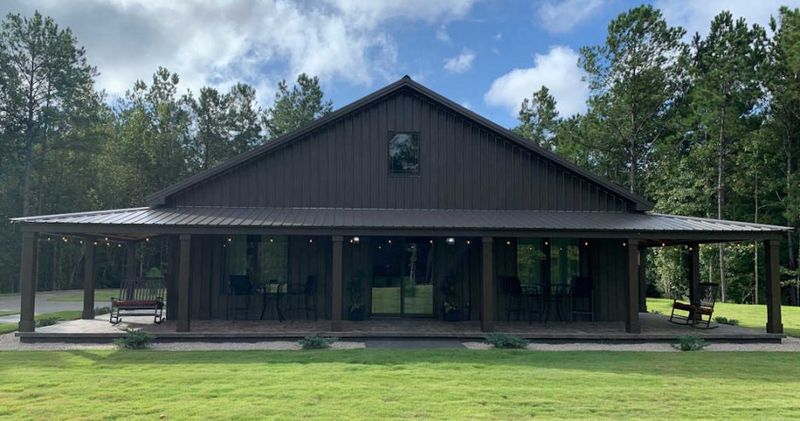
Metal buildings transformed into stunning living spaces are gaining serious traction. The industrial aesthetic combined with wide-open interiors offers flexibility that traditional homes can’t match.
Lower construction costs and faster build times attract budget-conscious buyers. I’ve seen creative conversions that blend rustic charm with modern amenities, creating unique homes that stand out from typical suburban developments while offering impressive square footage.
22. Accessory Dwelling Unit (ADU) Properties
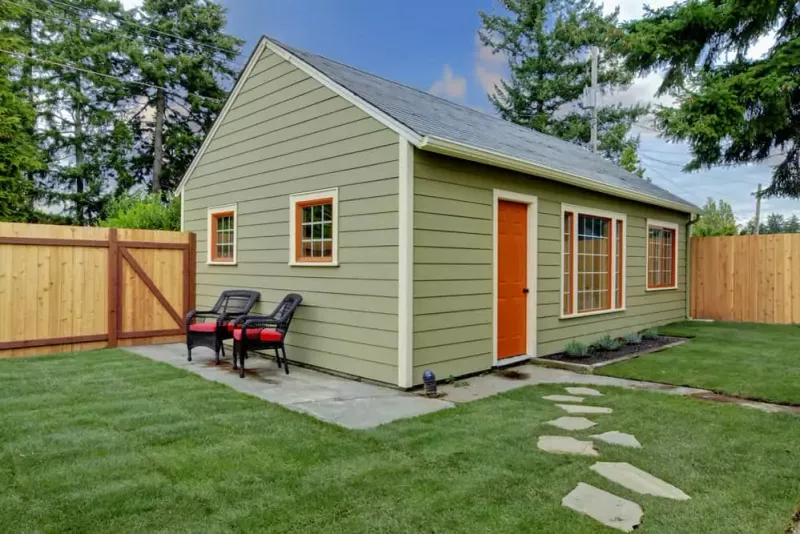
Extra income potential or multi-generational living—ADUs solve modern housing challenges beautifully. These separate units on the same property provide flexibility for aging parents, rental income, or guest accommodations.
Zoning changes are making them more accessible across New Jersey. I’m seeing huge demand because they maximize property value while addressing the need for affordable housing options and keeping families close without sacrificing privacy or independence.

